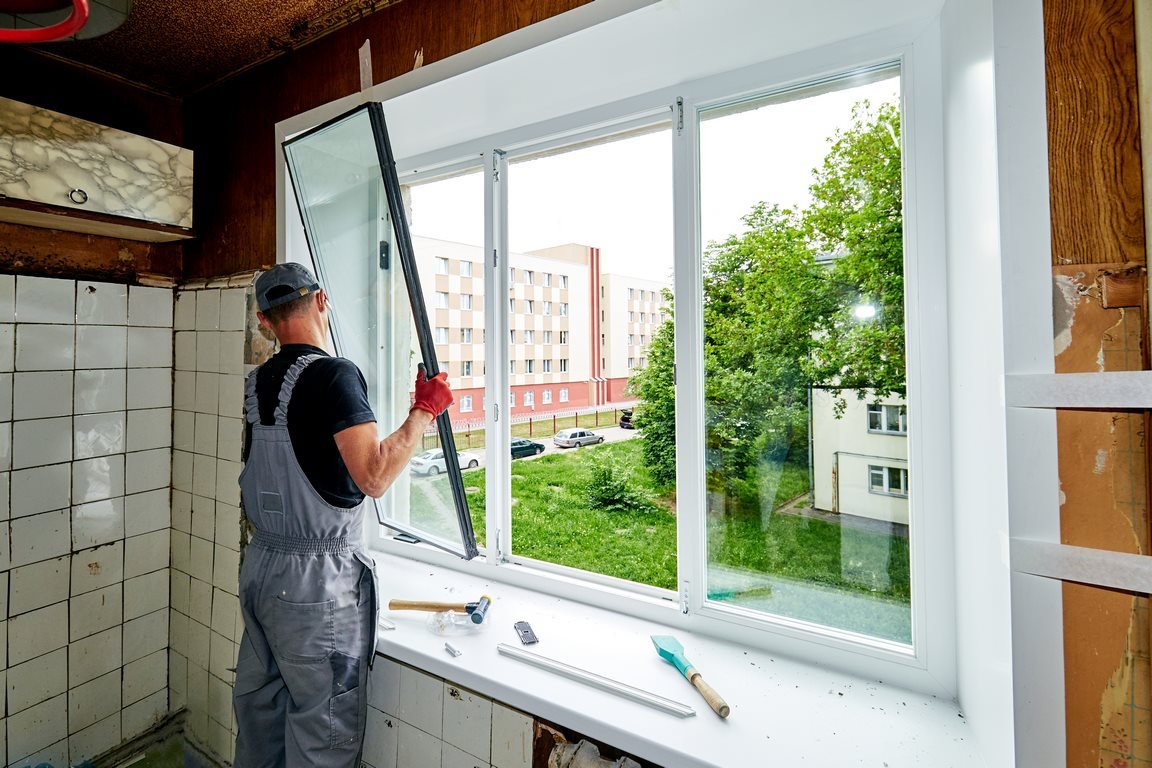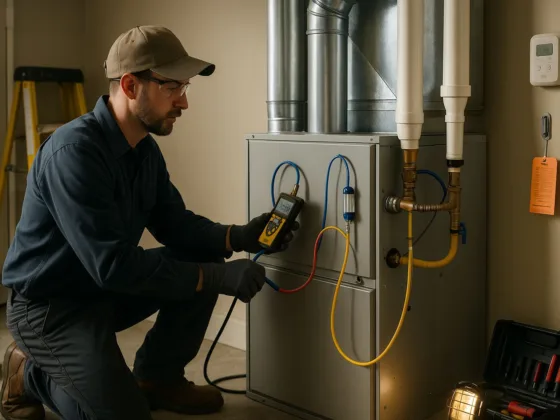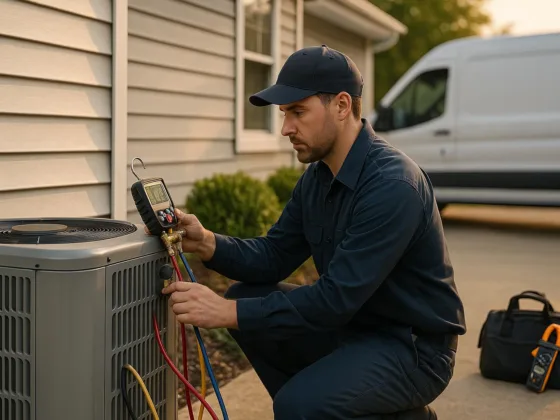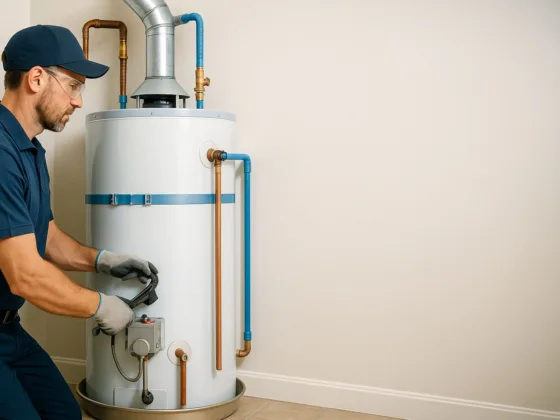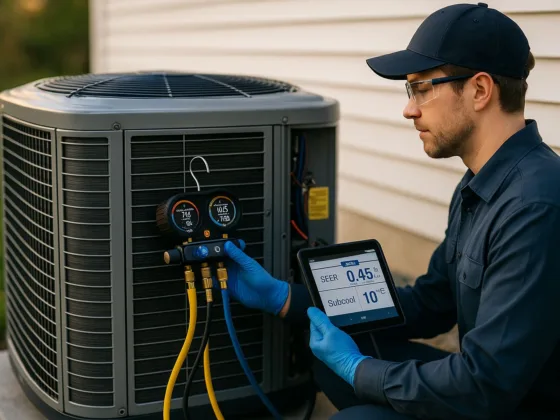Table of Contents Show
Nowadays, many physical jobs usually involve the use of lifting equipment to avoid preventable accidents. When logging, working on oil rigs, on construction sites, and in the marine industry, using lifting equipment may be necessary.
However, when using this equipment, you must remain vigilant and exercise safety measures to avoid accidents, although these are somewhat unavoidable on the site.

Without proper care, lifting equipment accidents can cause severe injuries, death, and costly damage. But if you abide by the regulations and guidance on using lifting equipment safely, you’ll likely avoid such incidents altogether.
In addition, if you spend more time learning how to use lifting equipment, you’ll undoubtedly gain more insights, especially into the safety requirements and procedures that can shield you from accidents.
With that said, here’s an overview of six safety precautions Stenhouse lifting and safety experts recommend you follow when using lifting equipment.
1, Ensure The Right Individuals Are In-Charge of The Lifting Operations
In order to safely use lifting equipment, you must ensure that qualified individuals conduct the lifting operation. This means the people you assign this duty to should be competent in planning and overseeing the lifting operation.
And if you’re in charge of the operation, it’s a must for you to have experience in executing extensive risk assessments. You should also use your supervisory skills to identify the appropriate individuals who can perfectly carry out a particular lifting operation.
In addition, your lifting team should have the required expertise in utilizing the lifting equipment. This means that they must carry out the lifting operation based on the specified instructions.
Doing this is critical as it ensures that all the lifting operations don’t endanger anyone’s life when working around and inside the lifting equipment.
Read Also:
2. Prioritize Equipment Maintenance
Always check your lifting equipment often to ensure it’s properly maintained. After all, any equipment’s performance depends greatly on how well you take care of it. This is why you must ensure your lifting equipment goes through a thorough inspection and service annually.
But if you use your lifting equipment to transport people, inspect your equipment at least every six months. All your lifting equipment should be evaluated and certified by the correct regulatory bodies.
3. Ensure Your Operators Are Adequately Trained
You must ensure the professionals using the lifting equipment are appropriately trained not only for their safety but also for the well-being of people around the site.
This is vital because lifting equipment can sometimes have technical errors, and you need an operator with specialized training to resolve these issues.
The operator also needs to have up-to-date training. This means each time you introduce modern equipment, you’ll first need to train them in how to use the lifting equipment properly and safely.
And with the continuous training, there’s no doubt you’ll be enhancing lifting operation safety measures. Good training not only ensures the safety of your staff but also boosts their overall efficiency and effectiveness.
4. Examine Your Lifting Equipment Before Use
Before using your equipment, you must check it out to determine if there are any risks you need to manage.
You can achieve this quickly in your company by initiating a lifting equipment procedure or creating a lifting equipment inspection checklist outlining fundamental actions that must be done. This will ensure you select the correct equipment for every lifting operation and ensure the equipment is correctly installed and stable.
In addition, implementing these basic actions will ensure that the location doesn’t pose any risks to visitors, workers, or customers. The lifting equipment checklist should also entail essential safety action like examining whether the device is complete, defect-free, and has all safeguards.
5. Avoid Positioning Yourself Under the Load
It’s recommended that you avoid positioning yourself under the load because you’ll experience serious risk when things go unplanned. This is a common mistake that many staff makes and is something that you should highly discourage.
Remember, the slightest issue can end up causing you or another person serious injury caused by the lifting equipment.
You can avoid such an incident happening by always staying far away from the load you’re lifting. This way, even if the lifting equipment malfunctions or you experience any given issue, or even make a mistake, you’ll be out of danger. Therefore, you’ll be able to deal with the problem safely without worrying about your safety.
6. Follow The Correct Safety Procedure During the Lifting Operation
During the lifting operation, you must follow the appropriate safety procedures. As a professional operator, you should make sure that the load you’re carrying on your lifting device doesn’t overweigh the maximum load capacity recommended for the device.
You should also make sure that you lift the load close to the ground, and the load shouldn’t pass over other individuals.
By following the advised safety measures, you won’t endanger the life of other people around the site. Observing these safety procedures will enable you to use the lifting equipment without risking anyone’s life.
Takeaway
When you implement these safety precautions when using the lifting equipment, there’s no doubt you’ll deliver excellent work and safety to everyone in your workspace. Therefore, you can enjoy peace of mind since you and the people working around the site are safe.


